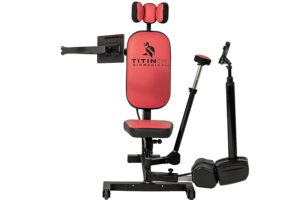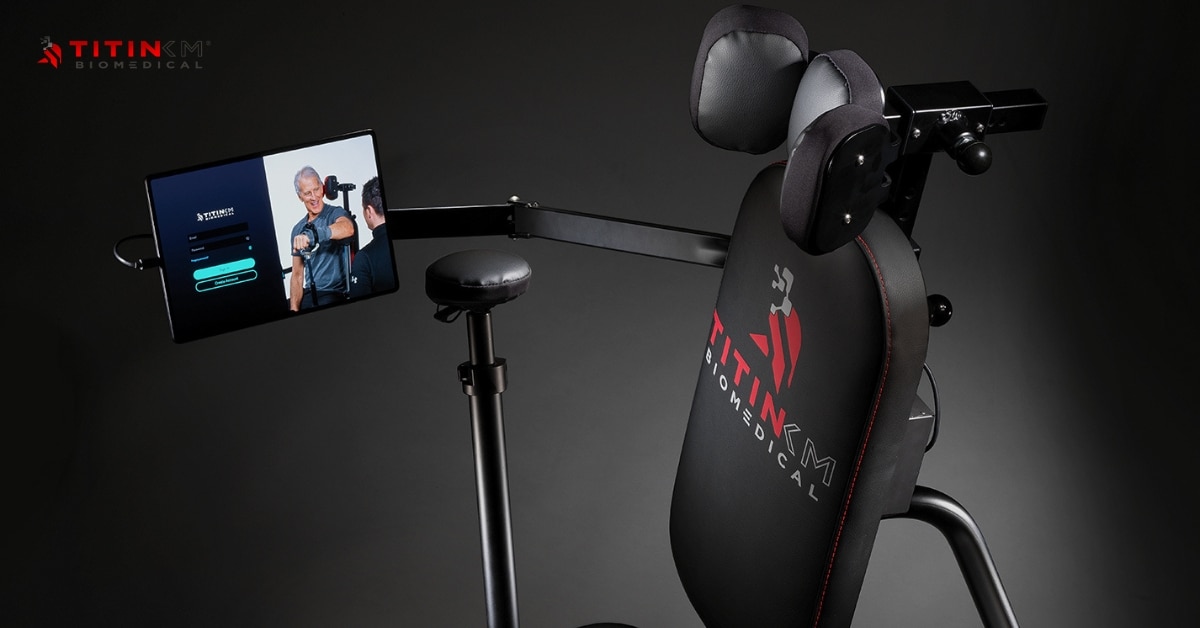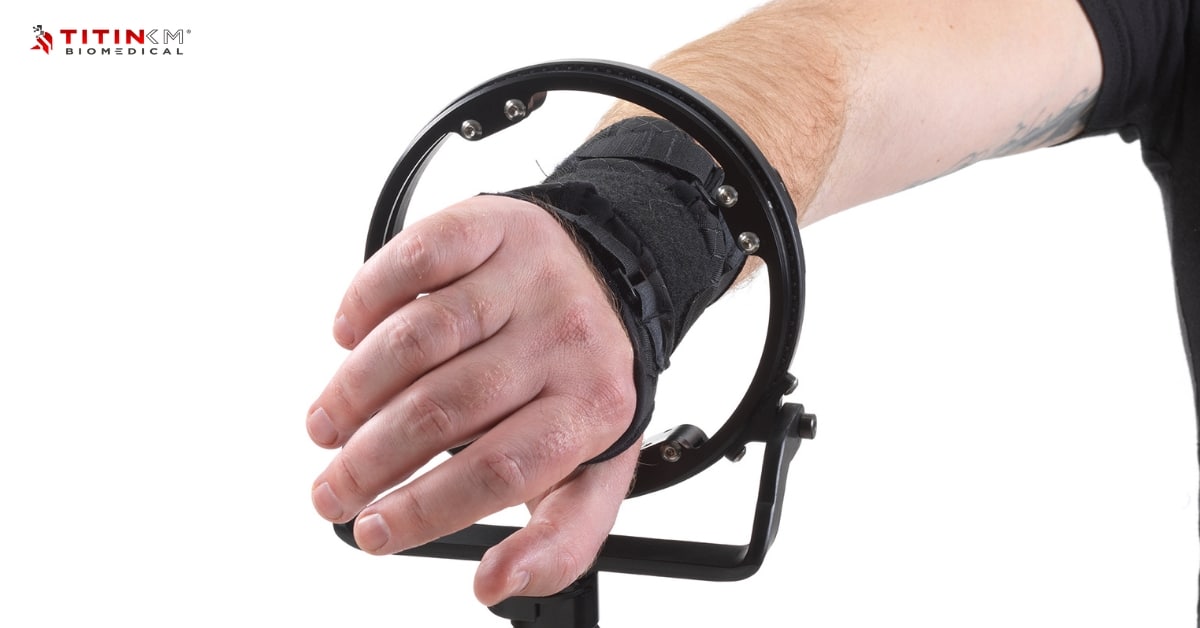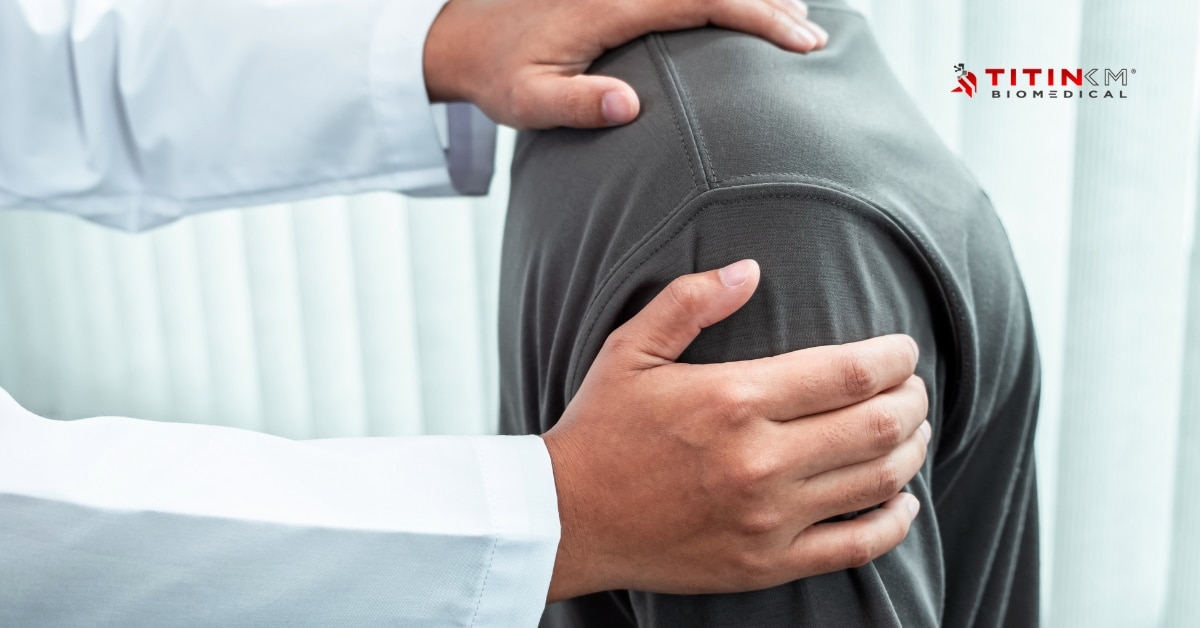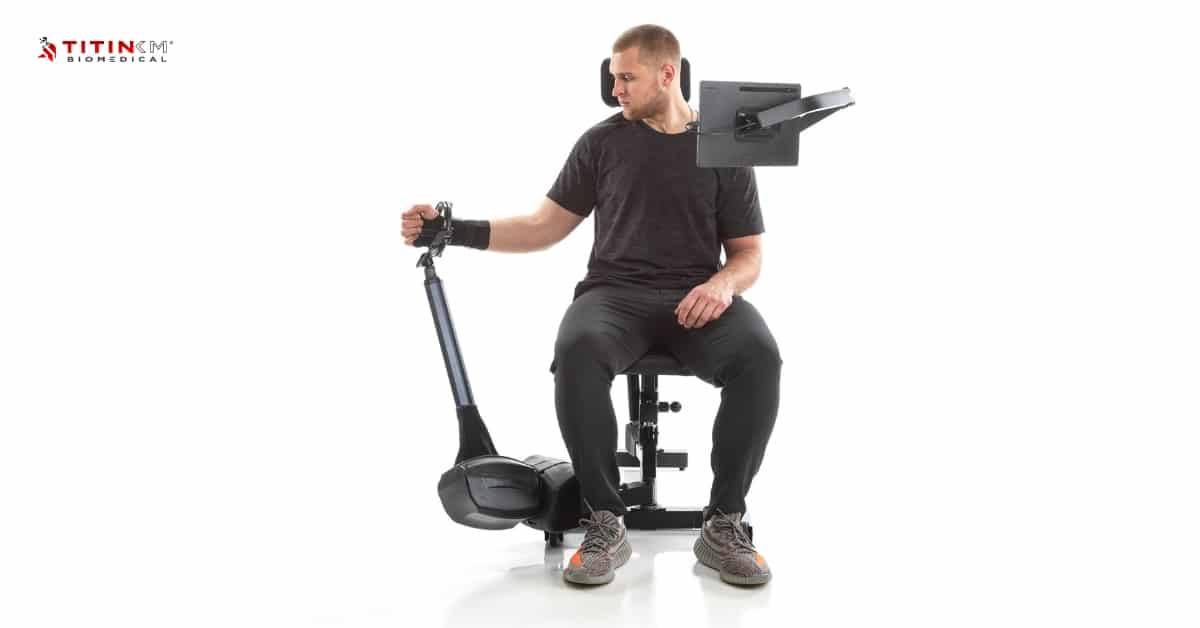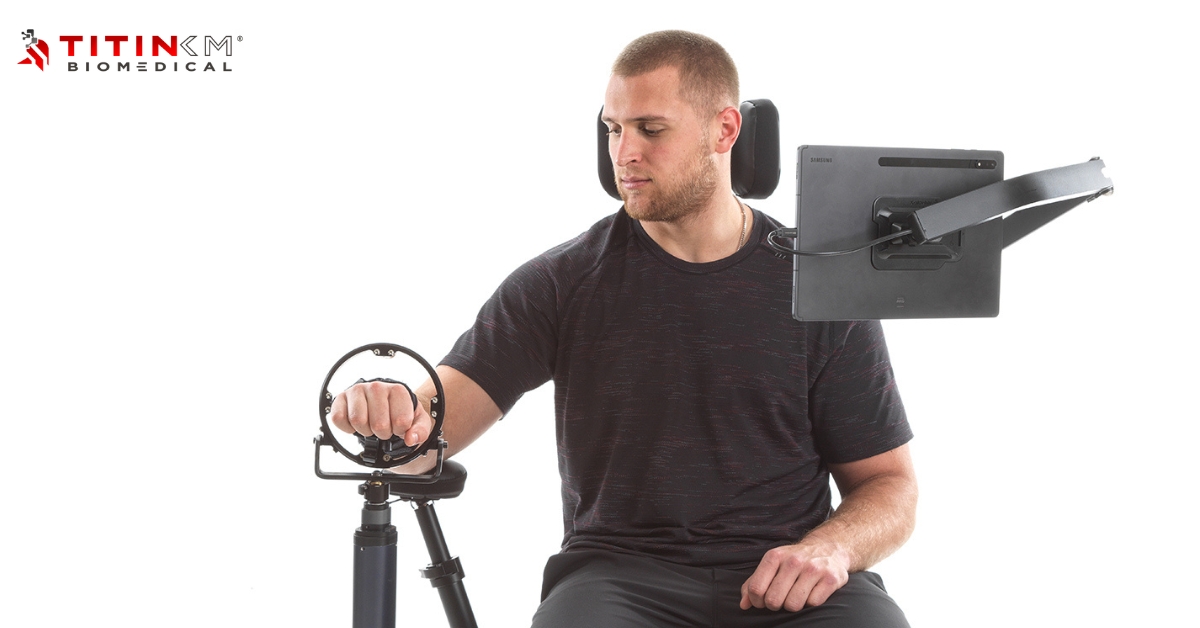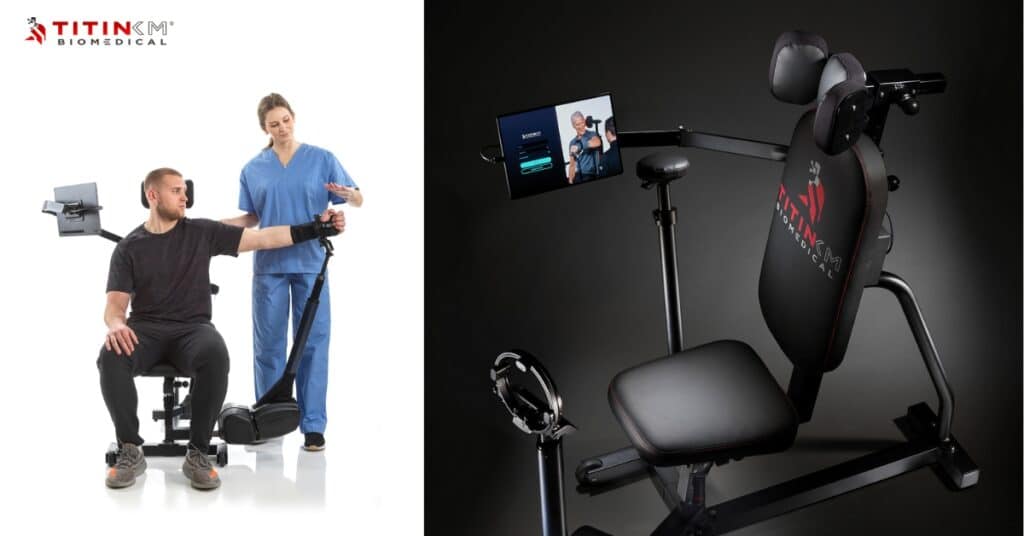
A Paradigm Shift in Shoulder Care: The 2025 Rotator Cuff CPG Is Here
The recently published 2025 Clinical Practice Guidelines (CPG) for rotator cuff tendinopathy and shoulder pain are clear: Manual Muscle Testing (MMT) is outdated and limited. The new guidelines call for objective, data-driven rehabilitation methods to replace inconsistent legacy assessments.
If your physical therapy clinic, hospital, or sports medicine department still relies on MMT and basic resistance tools, it’s time to upgrade your approach—or risk falling behind the standard of care.
Why Manual Muscle Testing Is No Longer Enough

- Subjective: Dependent on clinician interpretation and inconsistent between testers
- Lacks reliability and sensitivity: Lacks the precision to detect subtle but significant deficits
What the 2025 CPG Recommends Instead
Unsupported by current evidence: The latest guidelines recommend moving away from MMT in favor of tools that offer quantifiable, repeatable measurements
Diagnosis and Clinical Testing
- Emphasis on history and clinical tests like Neer, Hawkins-Kennedy, and infraspinatus strength tests—not early imaging.
- Triage should distinguish traumatic from degenerative cases as well as screen for red flags indicating more serious pathology such as suspicious deformity, fever/chills, and history or suspicion of cancer.
Medical Management
- Exercise therapy and patient education as first-line treatment.
- Educate about the effects of repeated corticosteroid injections and routine use of biologics like PRP..
Rehabilitation Focus
- Progressive, multiphase rehab approach:
- Pain modulation and mobility
- Strengthening and motor control
- Functional return
- Objective tracking of performance and progress is highly encouraged.
Patient self-management and functional goal setting are central to success.
Where the Humero Tech C1 Fits In
The Humero Tech C1 by Titin KM Biomedical is the only rehab device engineered specifically to meet these new CPG standards.
Device Features That Align With the CPG:
- Omnidirectional resistance for multiplanar training
- Live motion tracking and dynamic strength values
- Objective performance metrics for documentation and personalization
- Custom app control and exercise banks
- Bilateral training for comprehensive recovery and comparisons

This isn’t just new equipment—it’s a strategic upgrade to modern, evidence-based care that is designed to improve outcomes and accelerate return to activity.
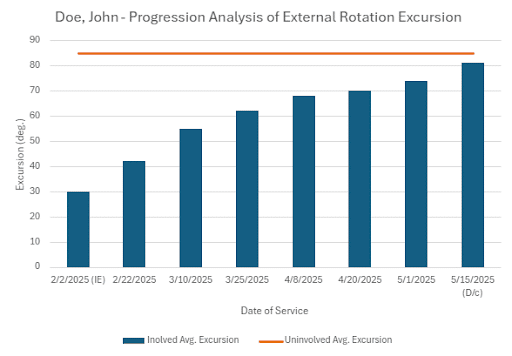
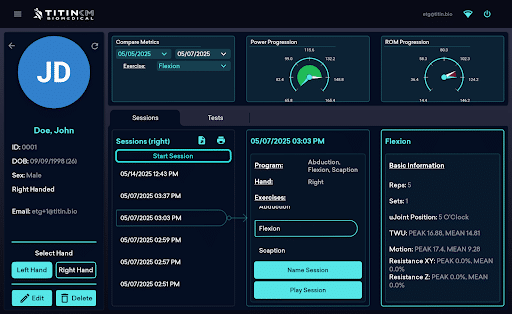
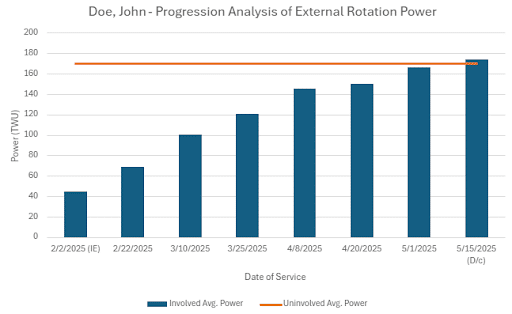
Tips for PT Clinics: How to Transition From MMT to Objective Rehab Tools
- Educate Your Team: Share the 2025 Rotator Cuff CPG updates in staff meetings and in-services.
- Audit Your Workflow: Identify where outdated assessments dominate care plans.
- Pilot New Tools: Implement tech like Humero Tech C1 for a select patient group.
- Track and Compare Outcomes: Use data to justify the upgrade to insurers and referral sources.
Market Your Advantage: Promote that your clinic leads the way with CPG-compliant care and modern physical therapy technology.
The Bottom Line: Upgrade for Your Patients—And Your Practice

The 2025 CPG for rotator cuff rehabilitation is the new gold standard. And clinics that embrace objective, tech-driven care can work to:
- Achieve better patient outcomes
- Enhance their clinical reputation
- Build stronger referral networks
- Streamline documentation for payers
The Humero Tech C1 is not just a tool. It’s your partner in delivering 21st-century shoulder care.
Is your clinic ready to meet the latest standards in patient care? Let’s talk
REFERENCES
1 Rotator Cuff Tendinopathy Diagnosis, Nonsurgical Medical Management, and Prognosis: A Clinical Practice Guideline From the American Physical Therapy Association. J Orthop Sports Phys Ther. 2025;55(4):CPG1–CPG20. doi:10.2519/jospt.2025.13182.
- Volleyball and Shoulder Health: The Humero Tech C1 Advantage - November 11, 2025
- Rehabilitation after Shoulder Replacement Surgery: What to Expect - November 6, 2025
- The Science Behind Omnidirectional Resistance in Shoulder Therapy - November 4, 2025
